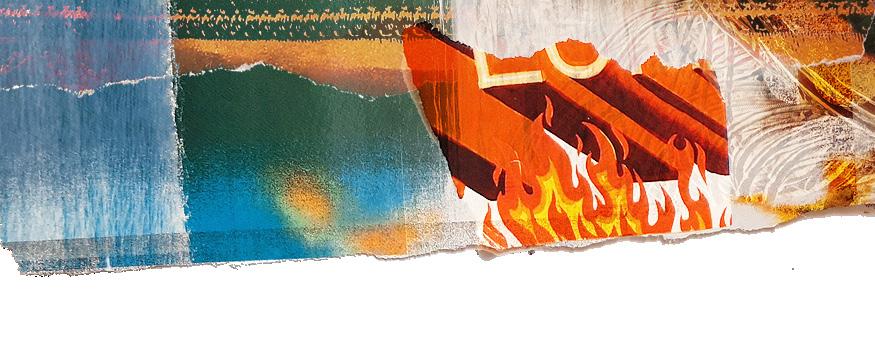
5 minute read
Protect The West Coast
By Miles Masterson
Cape Town big wave surfer Mike Schlebach forms environmental NPO to fight beach mining on the Cape West Coast
Advertisement
The Cape West Coast. For most surfers, it conjures up visions of epic thick lipped barrels crashing onto shallow sandbars or kelp infested reefs in ice cold water, as the semi-desert scrub shimmers in the heat beyond. A pristine playground, wild and untouched.
However, a significant threat to this rugged surfing nirvana has emerged of late, one that may have repercussions on the ecology of a hauntingly beautiful part of our coast for decades to come: mining.
Well-known Cape Town big wave charger Mike Schlebach discovered this the hard way on a recent surf trip. While diamond diving has long been a presence north of Hondeklipbaai, Mike learned that these operations, which mine for a range of valuable minerals in sandy areas including diamonds – but also rutile, ilmenite, zircon, and monazite etc – have spread much further south, towards the Olifants River, just up the coast from Elands Bay.
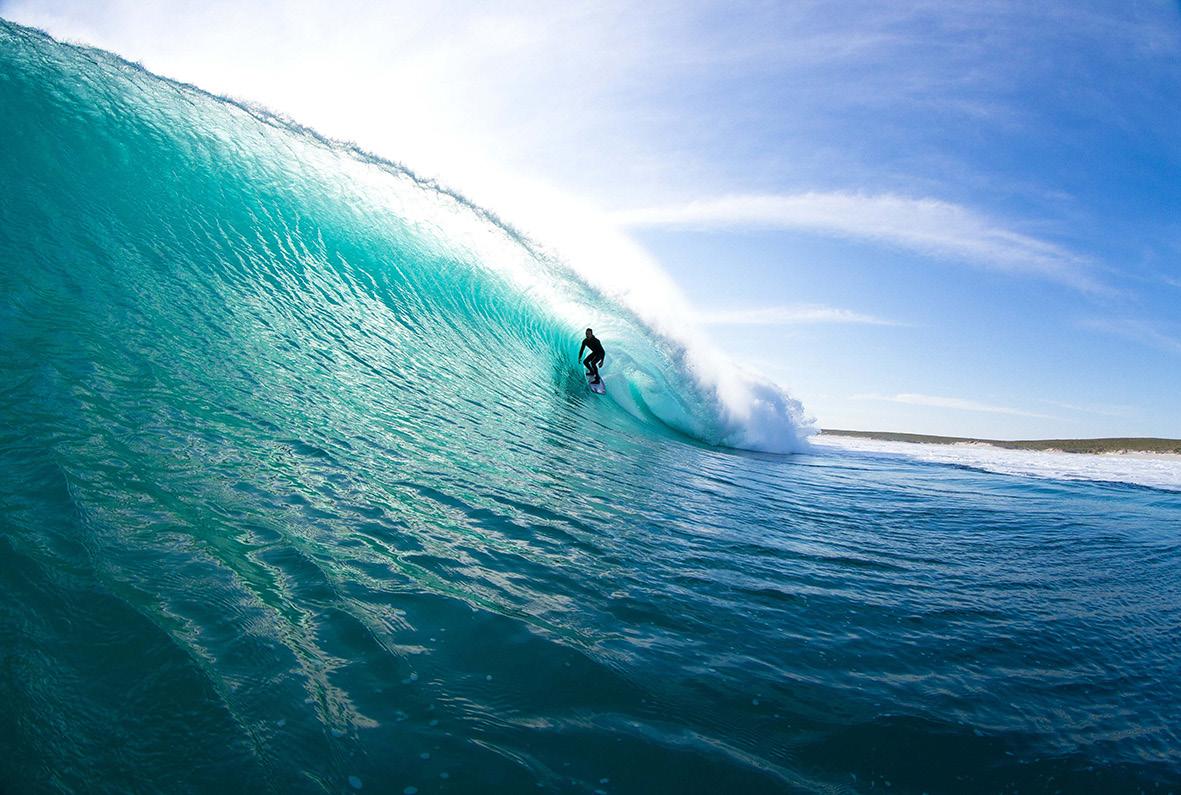
Grant “Twiggy” Baker on a perfect West Coast wave where camping is still allowed.
IMAGE BY ANTHONY FOX
The plan was to go and camp on the beach where I knew I could find a few good waves to ride and take a much needed break,
recalls Mike. “I knew there were a few mines in the area starting with De Punt and then the Tormin mine a short way up north. I’d also heard that there had just been an extension granted to the Tormin mine (run by Australian company MSR) which was now allowed to mine 10 pristine beaches just north of its existing operation.”
Mike’s curiosity as to the extent of this mining piqued when he tried to drive to a stretch of coast he had once surfed in the area – but now found his access blocked by mining company rentacops. “I was told that I needed a permit to visit this area which I knew to be public land.
Security also told me that I could not stay overnight, which is wrong. I pushed back and got ‘permission’ to camp overnight on public land. The next day, I took a drive north to find the Tormin mine along the beach and could see new roads, trucks and diggers, all hard at work digging up this pristine piece of coastline”.
Returning to Cape Town, Mike began researching these mines and did not like what he found. For one, mining in these nearshore zones can result in imbalances in sediments, cliff collapses and the deposition of terrestrial material into the water column that can affect filter feeders and other pelagic species, undermining the fishing industry. The whole area is a biodiversity hotspot with the largest concentration of succulent plants in the world.
.
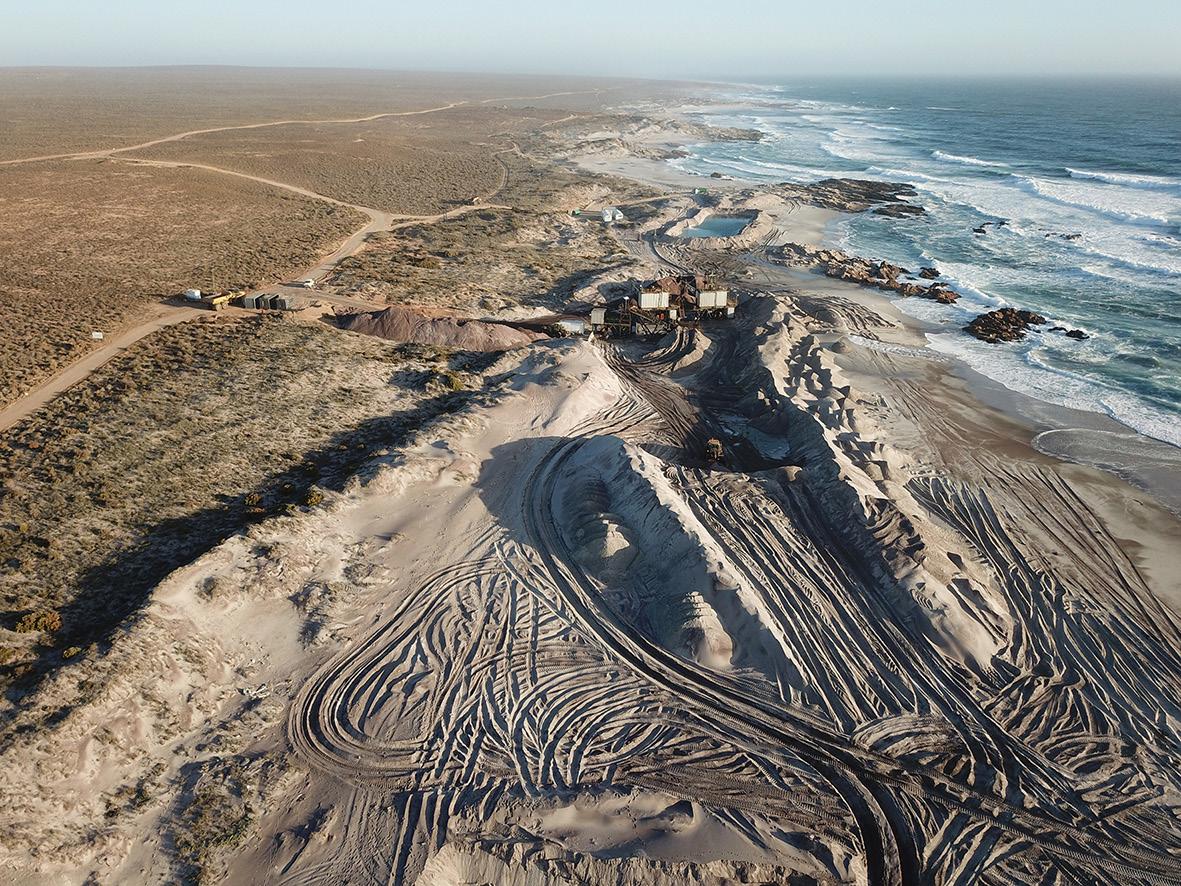
Overview of activities on Beach 10 of the Tormin mine extension run by MSR
Cold, nutrient rich waters upwelling along the West Coast fuel high rates of phytoplankton growth that sustain the highly productive Benguela ecosystem. These interconnected ecosystems are a haven for marine life such as whales, dolphins, seals, fish, birds, land-mammals, reptiles, plant and unique insect and invertebrate habitats, which are all now under threat. Beach mining is allowed between the low-water mark and the dunes although A 10m buffer area from the toe of the dune to the start of mining is required. This means the beaches and any marine life that lives in or on them will likely be destroyed.
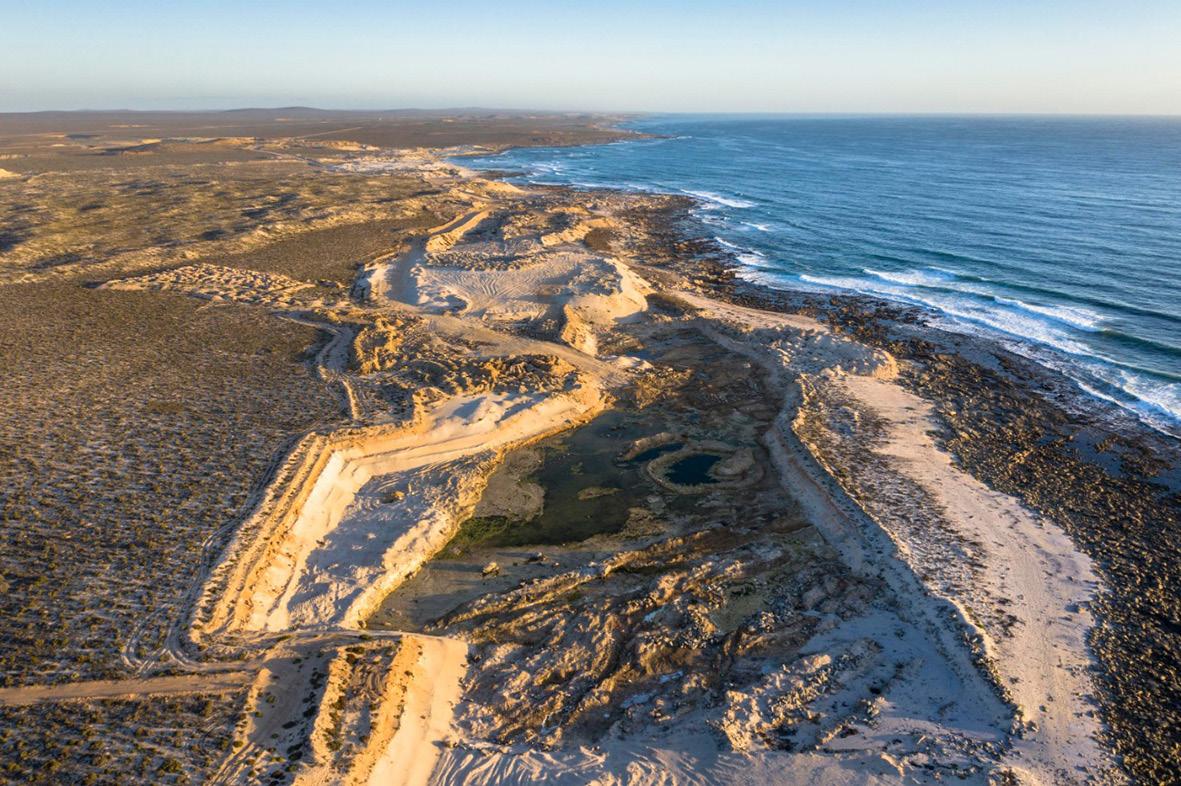
A gaping wound left by De Beers near Hondeklipbaai.
© Alan Van Gysen
As Mike found out, the potential curbing of the right of access to these areas by
mining firms also inhibits recreational and tourism-related activities, such as surfing, hiking, trail running, mountain biking, rock angling and diving etc.
The loss of archaeological and cultural sites and fossils is another arguably even more important issue.
“These mines destroy middens and other areas of significance that desperately need to be protected,” he adds.
These mines are required to rehabilitate the coastal areas once they are finished mining, yet many don’t.
Rehabilitation requirements include the relocation of topsoil and plant translocation, among other restoration processes. But as this is poorly enforced, in the past some mining companies have left these beaches in a shocking state. There also seems to be a marked lack
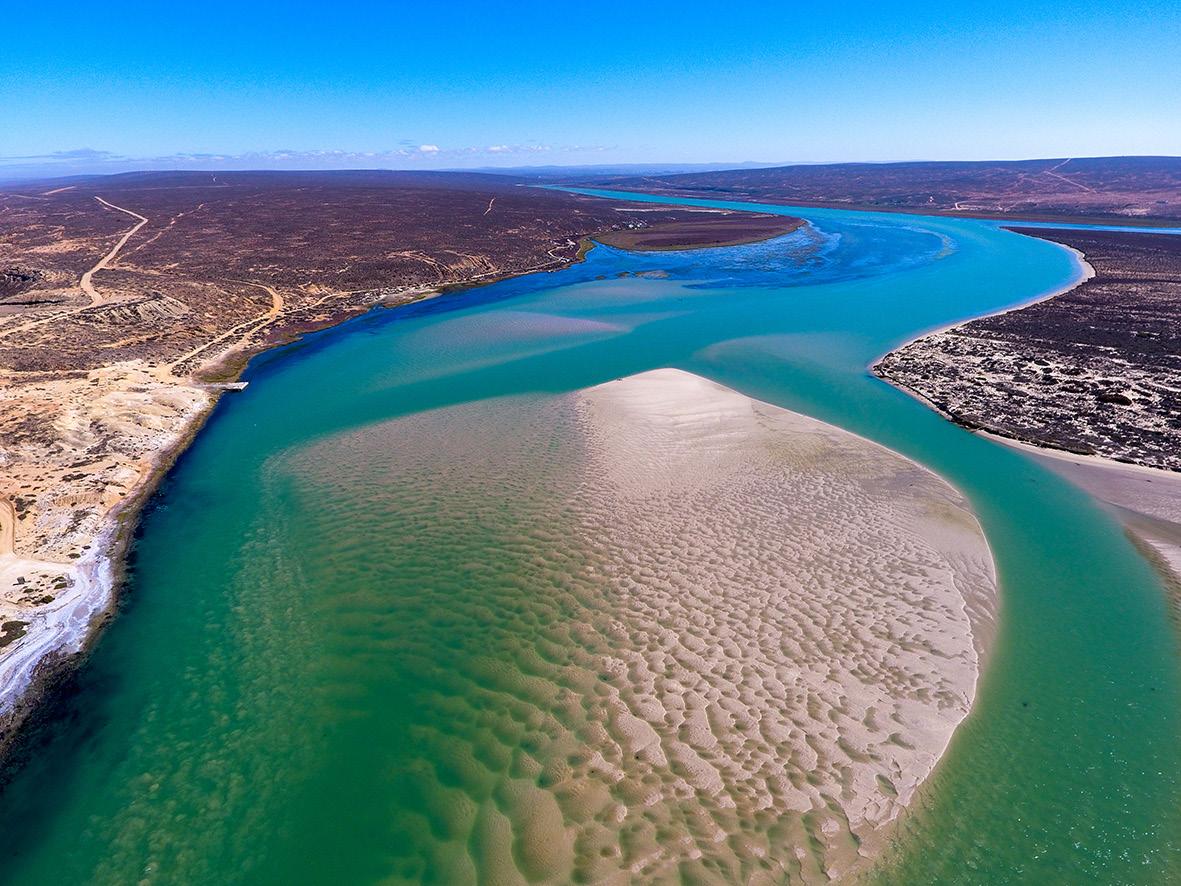
The Olifants River estuary, the second most important estuary in SA, is the site of a prospecting application by Australian mining company MSR.
© Eric Burden
of oversight over the whole coastal mining industry as a whole, which has been exacerbated further by lack of access to the region recently, due to Covid-19 restrictions and beach closures.
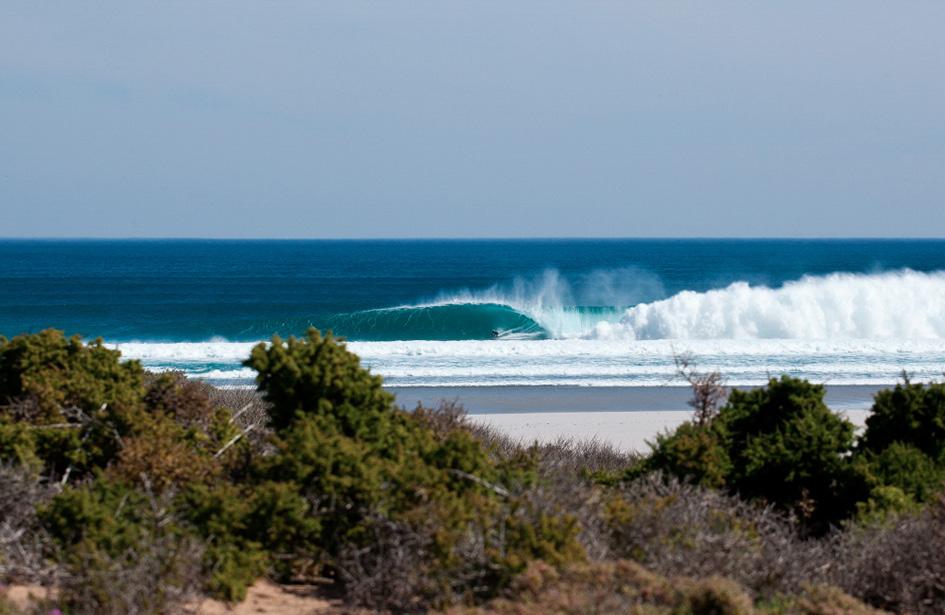
A perfect West Coast wave.
© Ant Fox
“The Tormin mine extension should never have been allowed and alas it does not end there,” says Mike. ”The South African government is greenlighting companies to mine on vast areas along the West Coast with very little pushback and consideration for anything other than some short-term jobs and some cash in the bank. What is alarming is that the environment minister Barbara Creecy is supporting these mining activities and did not stand up and protect our coast as required of the minister charged with looking after our natural resources and heritage.”
Mike became so incensed that he decided to do something about it. Together with like-minded individuals – including world big wave surfing champion and regular visitor Grant ‘Twiggy’ Baker – he formed a not-for-profit company, Protect The West Coast (PTWC). The organisation is also supported by several surfers and non-surfers alike, including business professionals, journalists, legal experts and grassroots eco-activists and volunteers. In its short existence, PTWC has already successfully issued appeals for donations and petition signatures and offered guidance for individuals to lodge formal appeals against proposed mines or mine extensions, such as the Tormin mine.
Through information and activism, PTWC is on a mission to reveal what up until now has been hidden from view in order to prevent these mining companies from further degrading a precious, biodiverse region and to preserve it for future generations. “The general public does not have a clue what is going on up the West Coast – for many years now it has been a case of ‘Out of sight, out of mind’ and this must change if we are to protect and save our land from what will become an environmental and ecological disaster,” says Mike.

For more information…
https://www.protectthewestcoast.org/
https://www.change. org/p/minister-of-deffprotect-the-west-coastof-south-africa
Follow
https://www.instagram. com/protectthewestcoast/
https://www.facebook. com/Protect-the-WestCoast-101792228456638
getinvolved@protectthewestcoast.org




